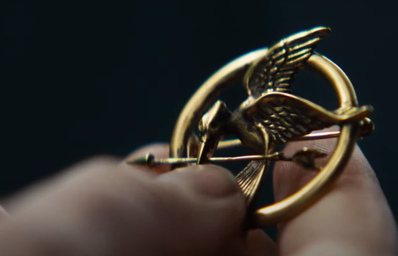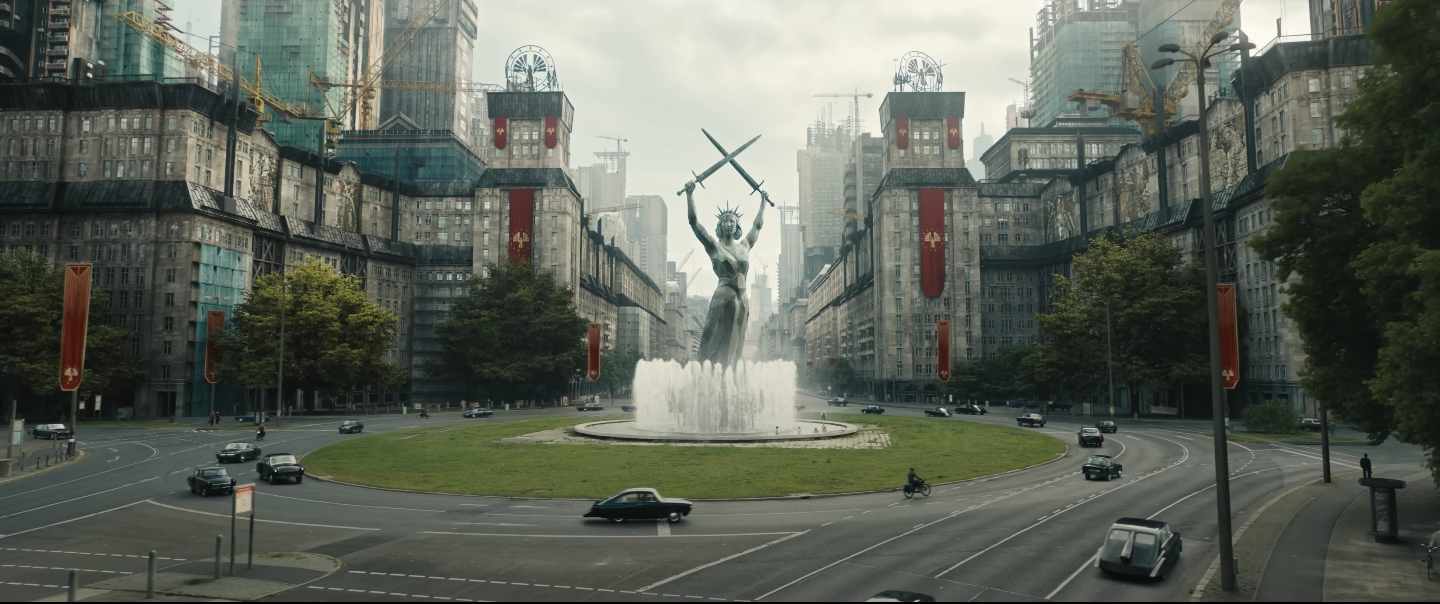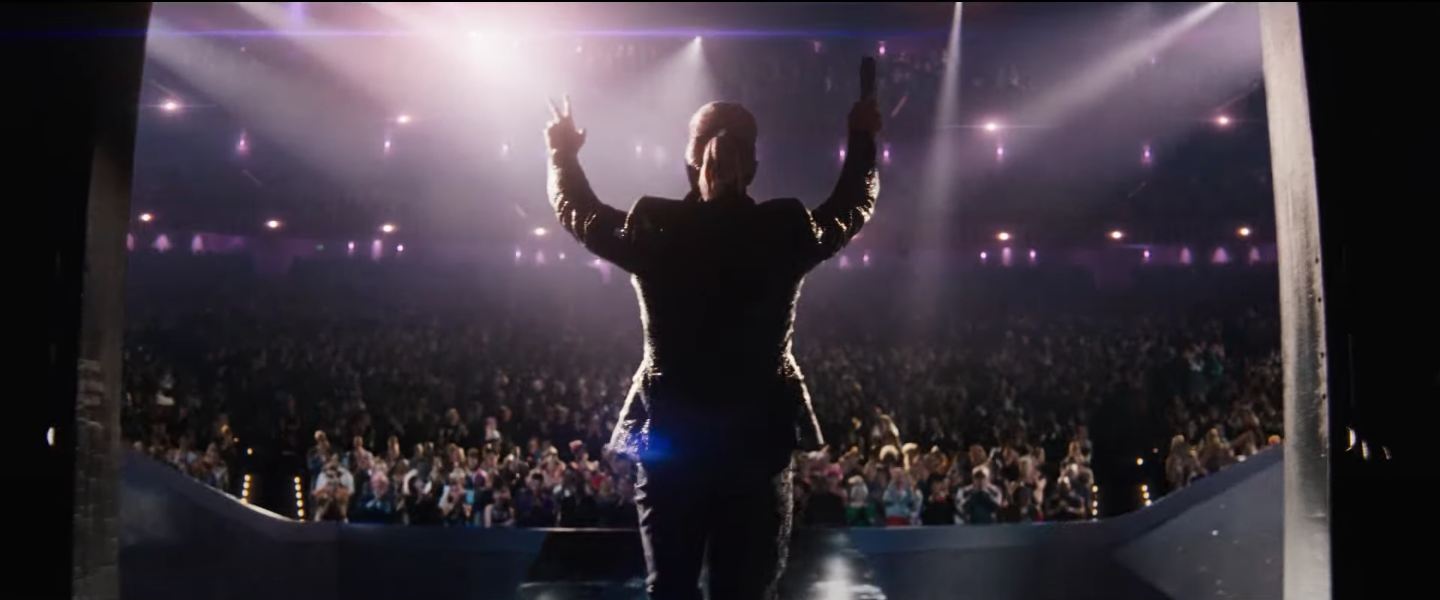With the newest movie-adaptation addition to The Hunger Games universe, The Ballad of Songbirds and Snakes, the commentary that Suzanne Collins provides on modern day America continues to be overlooked. When the original trilogy hit the shelves, The Hunger Games was dulled down to a “love story” between District 12 victors, Katniss Everdeen and Peeta Mellark, and fans were enticed with the adaptations of the books as the sci-fi universe came to life. However, there are key details that resemble modern day America. The Hunger Games is a potential-futuristic look into our nation.
1. The Capitol V. The districts
The Districts in The Hunger Games surround the Capitol – the pinnacle of wealth and privilege. Certain Districts, like 1 and 2, are favored over others and home wealthier citizens. Districts like 8 and 12 are less connected to the Capitol, and thus, less privileged. Everyone, though, is exploited for their labor, knowledge, and abilities even in the highly-favored Districts. However, because some have more privilege, the exploitation is overshadowed.
This is a similar structure to American capitalism. The top one-percent have the power to dissociate from those in the lower and middle class, ignoring their struggles because they have the wealth and privilege to do so. The working class, though, is forced to barely make ends meet in a worsening economic state. There is no other choice for them but to give their blood, sweat, and tears. It is a kind of exploitation the high-upperclass cannot and choose not to understand in order to maintain the power dynamic.
2. Power-Hungry Leaders
President Coriolanus Snow is the main antagonist of the trilogy. He is a huge reason why The Games persisted and became more intricate and involved.
Snow was always power-hungry, looking down upon Districts despite being a poor boy in the Capitol. His mission was to rise to power, even if it meant killing innocent children and broadcasting it live. As president, he incites fear among the Districts while gaining the love and praise from the Capitol. Snow meticulously crafted a country where he is seemingly untouchable, having power and dominance over everyone else.
In America, citizens continue to vote for those in government that are the “most palatable.” Instead of voting in officials to make real change to benefit the majority of the country, things are largely kept the same and the general population remains very under-privileged. For instance, in the overturning Roe v. Wade, women across the country lost rights to their own bodies.
Officials who are openly racist, sexist, and power-hungry continue to run the country, expanding the gap between the upperclass and the rest of the nation. There is division, hate, and a lack of progress and true freedom.
3. The Hunger games entertains and engages us as viewers/readers
As the universe becomes more prevalent with the recent movie adaptation of its prologue, The Ballad of Songbirds and Snakes, fans have expressed their desire for more books and movies exploring different characters’ stories — specifically their Hunger Games.
In wanting to expand the universe even further, the audience is proving to be entertained by death, terror, and exploitation. Just like citizens of the Capitol, Collins’ audience wants their favorite characters (or Victors) to be the center of entertainment once again.
Just how The Games in this universe cannot be destroyed due to Capitol demand for entertainment, fans are demanding more from Collins after reading and seeing the prologue addition.
4. Small details reflect our past, present, and potential future
Within the trilogy and prologue, there are smaller details that reflect both modern day America and the nation’s past. This is done to remind Collins’ audience that this is America’s past and present. For instance, the tributes in the prologue are kept in a public cage in the Capitol where they are also treated by a veterinarian. This “zoo” symbols how the Districts are seen and treated as animals because the are “rebels” and “savages.” In 1904, St. Louis had a human zoo of its own with about 3,000 people from Africa, Asia, and America.
Panem is also a country that erupted from natural disasters. With a lack of concern for the environment/climate change, it is likely that these disasters will occur and destroy the world we know today.
While The Hunger Games is set in the future, the signs of a fractured country cannot go unnoticed. Sending children into an arena to fight and die on live television is extreme, but it shows what terror, exploitation, and power can do to a nation.
Can’t get enough of HC UMass Amherst? Be sure to follow us on Instagram, listen to us on Spotify, like us on Facebook, and read our latest Tweets!






